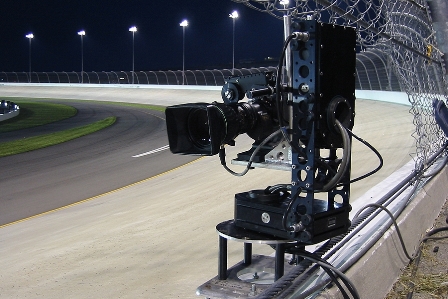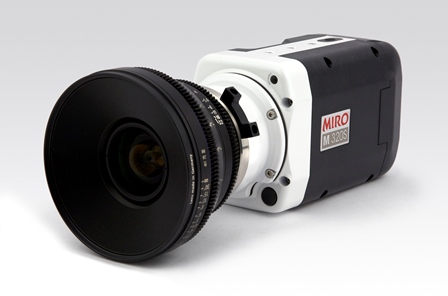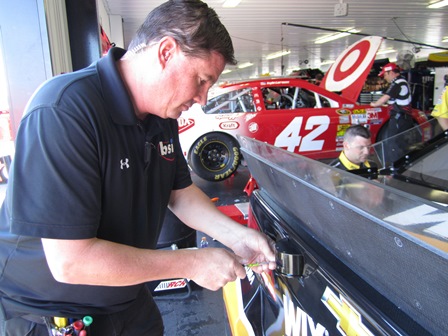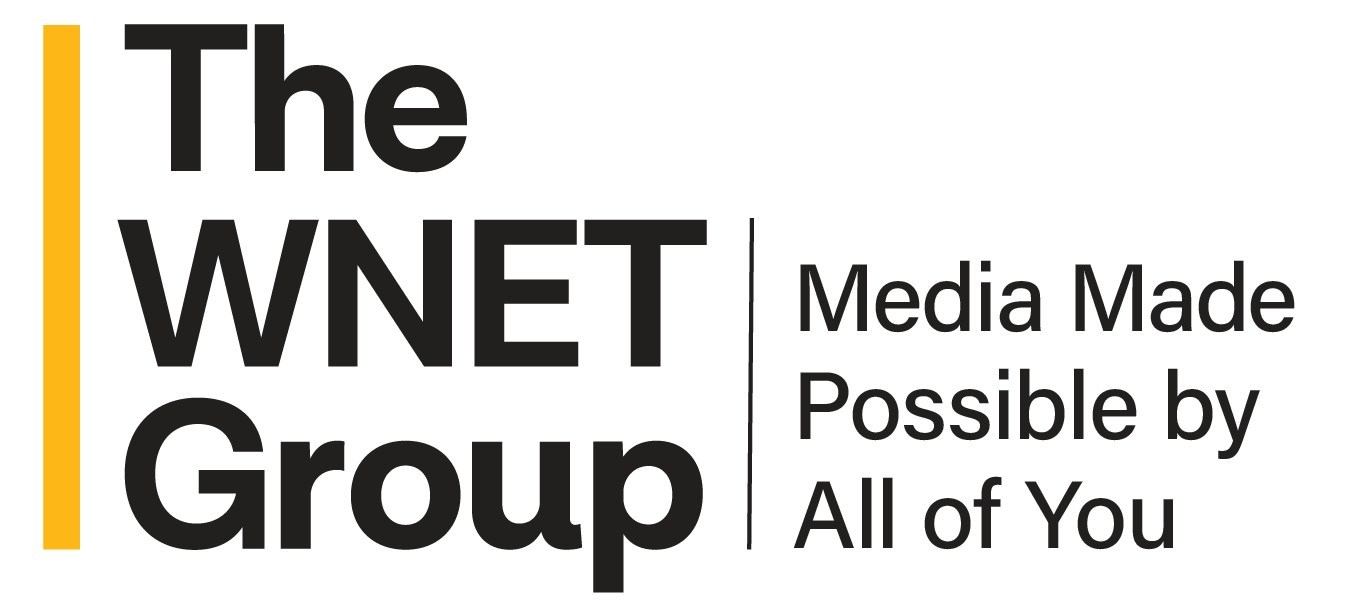4K Seeks Its Place in Auto Racing Coverage
OTTAWA—Few sports are as demanding to cover as auto racing, be it NASCAR, IndyCar or Formula One.

RoboVision was among the first camera companies to develop remote controlled cameras for sports.
Meeting “the need to cover speed” has led to the development of highly specialized video cameras, typically provided as turnkey systems by the companies who make them. They include Broadcast Sports Incorporated’s (BSI) wireless-connected in-auto cameras for capturing shots of the drivers and views from their perspective; RoboVision’s remotely-controlled robot cameras—with pan bar controls that allow them to be remotely operated like conventional pedestal-mounted cameras—and Vision Research’s Phantom high-speed cameras, which can shoot and capture video at up to 2,500 fps.
Today, auto racing is being shot in 720p, but 4K is beginning to make its way into the picture. “In fact, we’ve begun experimenting with 4K cameras for most of our NASCAR long shots,” said Mike Davies, senior vice president of technical and field ops for Fox Sports. “The extra resolution helps us digitally zoom further into the pack, to get 1080p-quality images. That said, we are still trying to figure out what place 4K has in motor sports.”
SPECIALIZED CAMERA SYSTEMS
In broadcast engineering, necessity truly is the mother of invention. In covering auto racing, there’s more than enough necessity to go around, as broadcasters seek ways to capture cars moving at breakneck speeds, without risking the safety of their camera crews.
It was this effort to protect the people covering auto racing that led to the development of RoboVision in the early 1990s. “CBS was the big NASCAR network at that time,” said James Warden, president and CEO of RoboVision in West Milford, N.J. “In those days, we would cover the race by putting manned camera positions right on the track and on the sidelines, with all the risks that entailed. The desire to avoid those risks led to the development of our robotic, remotely-controlled cameras. CBS used them first at the Daytona 500 in 1993, and we haven’t looked back since.”
Get the TV Tech Newsletter
The professional video industry's #1 source for news, trends and product and tech information. Sign up below.
The desire for more compelling footage led to the creation of wirelessly-connected in-car camera systems made by BSI. “We now offer small wireless HD cameras that can mount on the car’s fuselage, roll hoop, and on the dash looking back at the driver,” said Peter Larsson, general manager of BSI in Hanover, Md. “Our first in-car camera back in 1979 weighed a staggering 56 pounds and ran off the auto’s battery. Today’s models weigh about 1.1 pounds, and come with their own batteries.” The overall system that fits in the car, including three cameras, data receiver, microwave transmitter, antennas, cables and batteries, weighs 12 pounds.
Slow-motion replay is another natural application for auto racing, which is where Vision Research comes in. Founded in 1950, the Wayne, N.J.-based company began by providing high-speed film photography. In 1992, it applied its expertise to high-speed video capture.

Vision Research Phantom v642
“In auto racing, our Phantom v642 broadcast camera is a popular choice, given its ability to shoot up to 2,500 frames per second—although 1,000 frames per second tends to be the standard—in 2K, 1080p and 720p,” said Toni Lucatorto, Vision Research’s media products manager. “The camera is constantly shooting, and retaining the last several seconds shot in its onboard buffer. So when you hit the trigger on the camera, the v642 automatically downloads the last high-speed event to your server, while continuing to shoot and record live.”
MEETING THE 4K CHALLENGE
Incorporating 4K into any kind of mobile broadcast production poses a series of technical challenges. Replacing cameras, servers, and switchers to accommodate this requirement is just the beginning. Routers, cabling infrastructures and anything else that transports video will also have to be upgrade to carry this four-times-larger-than-1080p video data stream.

A BSI technician installs a roll hoop camera on Ryan Hunter Raey’s IndyCar
BSI, for one, is concerned about the impact of moving to 4K. “It’s not the cameras that are the issue, but rather the bandwidth necessary to get their signals back to the production truck, as shared across the entire field,” said Larsson. “Right now, in 1080p, we can wirelessly connect 12 cars with three or four switchable cameras, each using one microwave channel. If 4K cuts this by a factor of four—because the bandwidth used per 4K channel is four times that of 1080p—this will only leave three cars. Reducing the camera count in exchange for extra resolution may not be worth it.”
In contrast, RoboVision merely has to replace its current Ikegami/Sony 1080p cameras with equivalent 4K models from the same companies. “2014 is the year when we intend to dip our toes into the 4K waters,” Warden said. “I expect that 4K will become part of auto racing coverage in the next few years.”
As for Vision Research, the company has already developed a 4K slow-motion camera, the Phantom Flex4K. It can shoot from 15 fps up to 1,000 fps at 4K, and up to 2,000 fps at 2K. “We’ve done some tests of the Flex4K in boxing and golf, and expect to see it picked up by auto racing in the near future,” said Lucatorto. “It has uses today in 1080p production, due to its ‘zoom and extract’ feature for capturing parts of the overall 4K image for 1080p playback.”
One way or another, the specialized camera system makers are gearing up for 4K and its use in auto racing. What remains to be seen—as Fox Sports’ Mike Davies said—is what the “place” for these 4K systems will be.
James Careless is an award-winning journalist who has written for TV Technology since the 1990s. He has covered HDTV from the days of the six competing HDTV formats that led to the 1993 Grand Alliance, and onwards through ATSC 3.0 and OTT. He also writes for Radio World, along with other publications in aerospace, defense, public safety, streaming media, plus the amusement park industry for something different.

